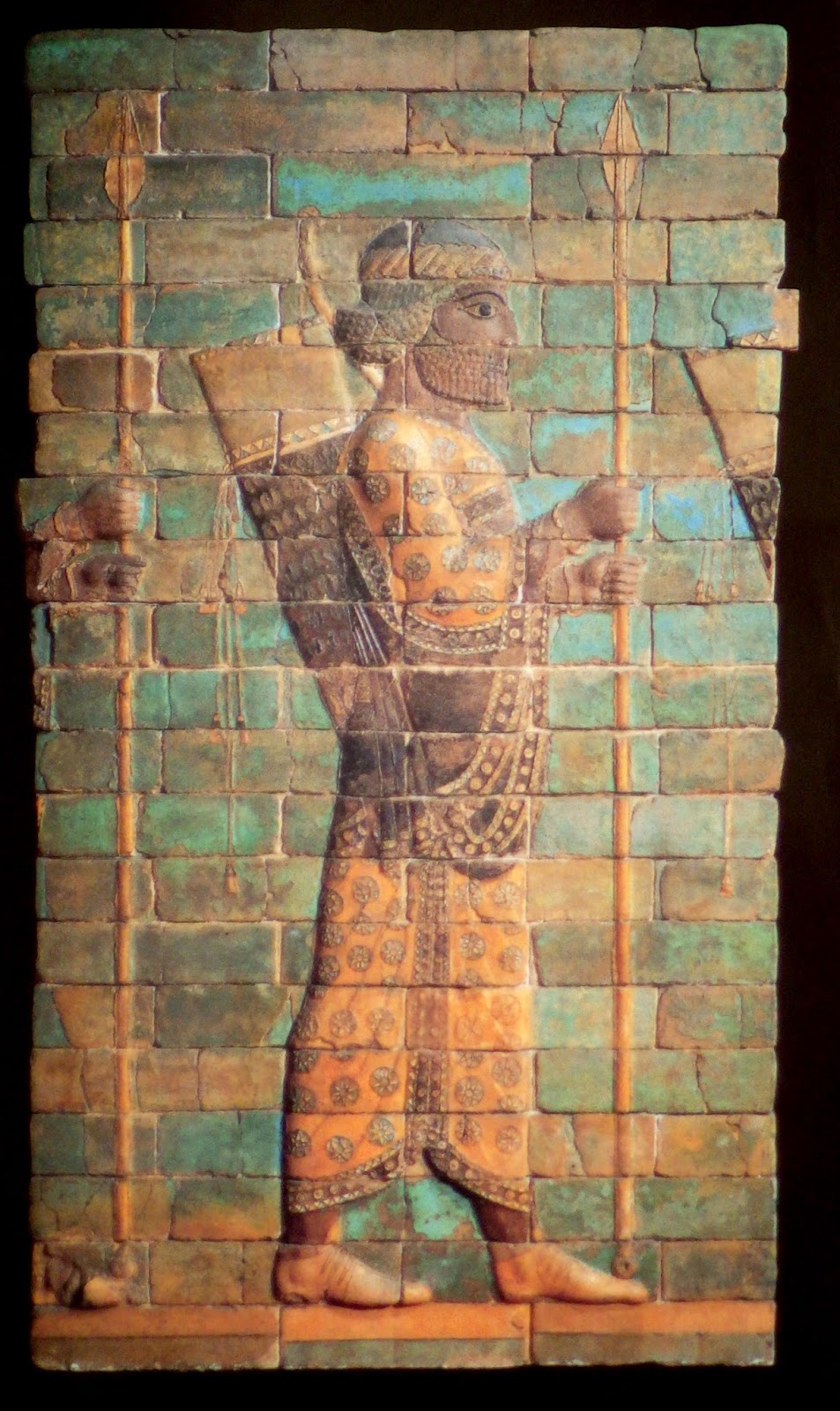This is the last week of my Future Learn astronomy course "Exploring the Night Sky" and I had to whiz ahead to get it all finished because it was the first week of another Future Learn course "Archaeology of Portus: Exploring the Lost Harbour of Ancient Rome". This will be my fourth FL course, and I have signed up to another three! Perhaps I am crazy, but they are so interesting, and you can participate as little or as much as you want, learning at your own pace. The course is online, and accessible 24/7 with material still available indefinitely after the course is over. The Portus course continues my interest in Ancient Rome which was well whetted by the Hadrian's Wall course last autumn. In advance of getting stuck into Portus I was looking at some previous, relatively recent, Roman ruin site visits I have made. In 2013 while vacationing in Antibes, I made a side trip to Nice to see some Roman ruins. Unfortunately the ruins were only accessible to visitors by viewing from the park outside the archaeological museum, near the Matisse museum. Although I would have loved to actually walk among the runs, they were impressive nonetheless!
In the spring of 2012 I was in Barcelona. Prior to the trip I discovered that in ancient times Barcino was part of the Roman Empire (this is probably common knowledge, but it was news to me at the time!) and I made it my business to see what remains I could. I started my first day by taking a taxi from my hotel to the necropolis. There was a bit of confusion when the driver suggested I wanted to go to the museum and I insisted I didn't. It turned out that part of the necropolis is in the museum and can be viewed from outside and above...
The old city of Barcino is obvious: as well as the bronze letters spelling out its heart, the ancient walls which outlined the old city are evident.
Even where new buildings pop up, as with the inside of this civic office, the Roman heritage is preserved. These columns date from the 1st c AD.














